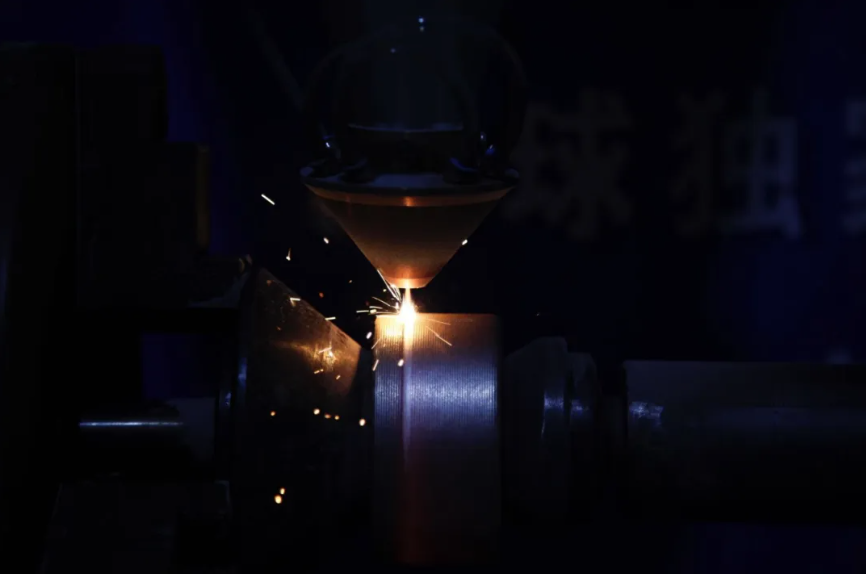Application of UV laser on ceramic materials
In modern industry, ceramic materials are widely used in various fields due to their excellent physical and chemical properties. From sophisticated electronic components to demanding industrial equipment, ceramics have become one of the important materials to promote scientific and technological progress with their irreplaceable advantages. However, how to make lasting and clear marks on these materials has always been a difficult problem in industrial processing. With the development of laser technology, laser ceramic blackening technology came into being, providing an efficient and environmentally friendly solution to this problem.
Traditional ceramic blackening technology mainly relies on mechanical engraving or chemical etching. These methods not only have problems such as low precision, low efficiency, and easy damage to materials but also have many consumables and great environmental pollution, which are not in line with the concept of modern green manufacturing.
Laser processing technology, especially solid-state ultraviolet laser technology, has become an ideal choice for ceramic blackening technology with its advantages of non-contact, no consumables, clear marking, high-temperature resistance, not easy to fade, and strong processing flexibility. The high energy density and short pulse width of solid-state ultraviolet lasers can accurately control the processing process and achieve fine blackening of the ceramic surface while maintaining the original physical properties of the material.
In the technology of ceramic blackening, a 15W UV laser is a commonly used light source. Its high energy density laser beam can act on the ceramic surface quickly and accurately to form a clear and lasting black mark. By adjusting the parameters of the laser, ceramics of different materials can be blackened. At the same time, a 15W UV laser also has the characteristics of easy operation and good stability, which provides a strong guarantee for the widespread application of ceramic blackening technology. However, when using a 15W UV laser for ceramic blackening, it is also necessary to pay attention to the control of single pulse energy. Single pulse energy that is too low may result in an unsatisfactory blackening effect, while single pulse energy that is too high may damage the ceramic surface. Therefore, in practical applications, adjustments and optimizations need to be made according to specific circumstances.
White ceramics mainly include alumina, zirconia, etc. Due to their different doping contents, the laser marking effects will also be different. Taking alumina ceramics as an example, the processing speed comparison of different power lasers under the same effect is as follows:
At the same efficiency, lasers with different powers have different effects on ceramic blackening. The actual test marking effect is as follows:
From the above content, it can be seen that the power of the laser has an important influence on the processing efficiency and effect. With the increase of laser power, the processing speed shows a clear upward trend under the same effect. Due to the low power of the 5W laser, its marking blackness is relatively limited, but it can still meet the needs in some specific scenarios; 10W and 15W ultraviolet lasers have higher power and faster processing speeds. While ensuring the processing speed, higher quality marking effects can be achieved, becoming the mainstream choice in the ceramic blackening process. In practical applications, it is necessary to select the appropriate laser model and parameters according to specific needs.





Comments
Post a Comment